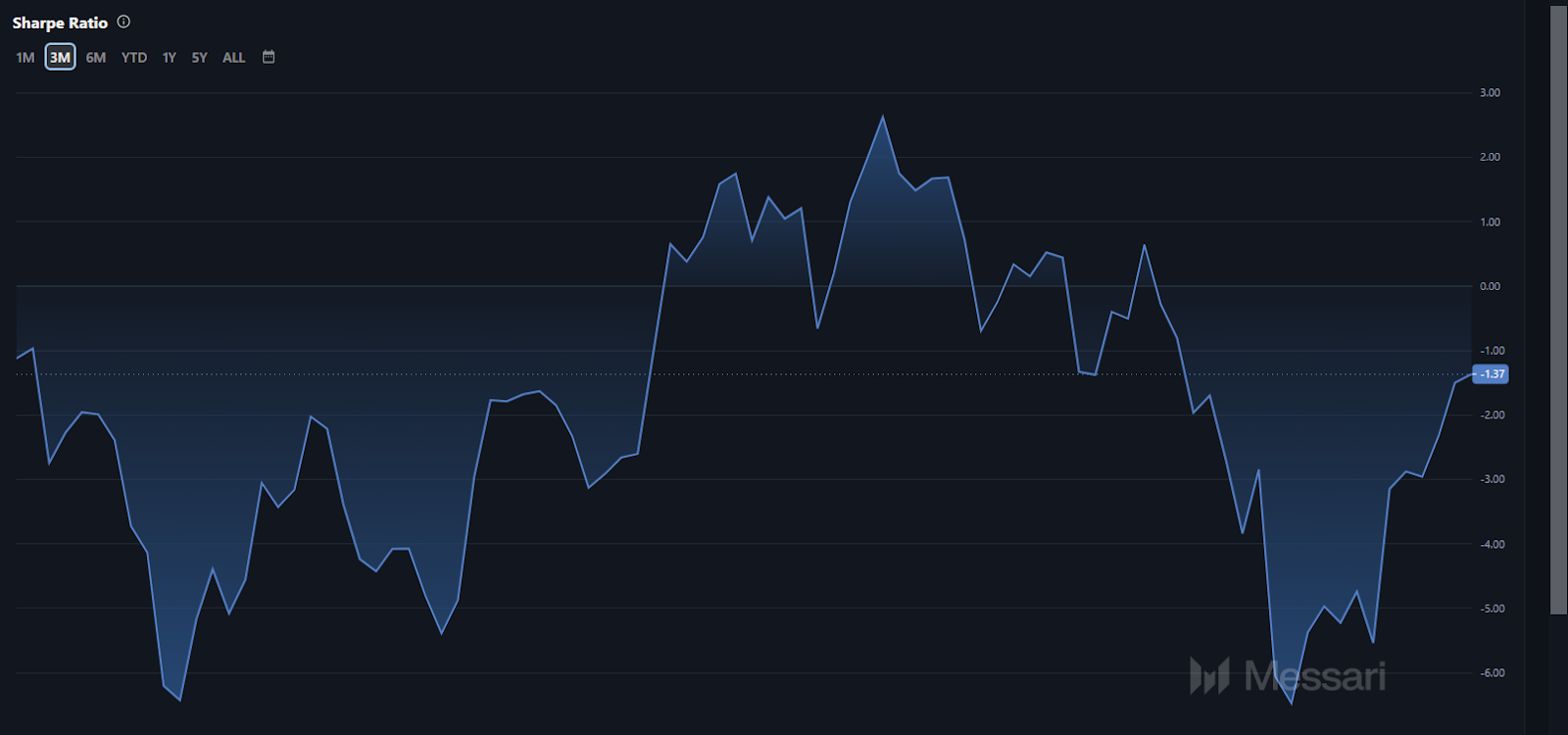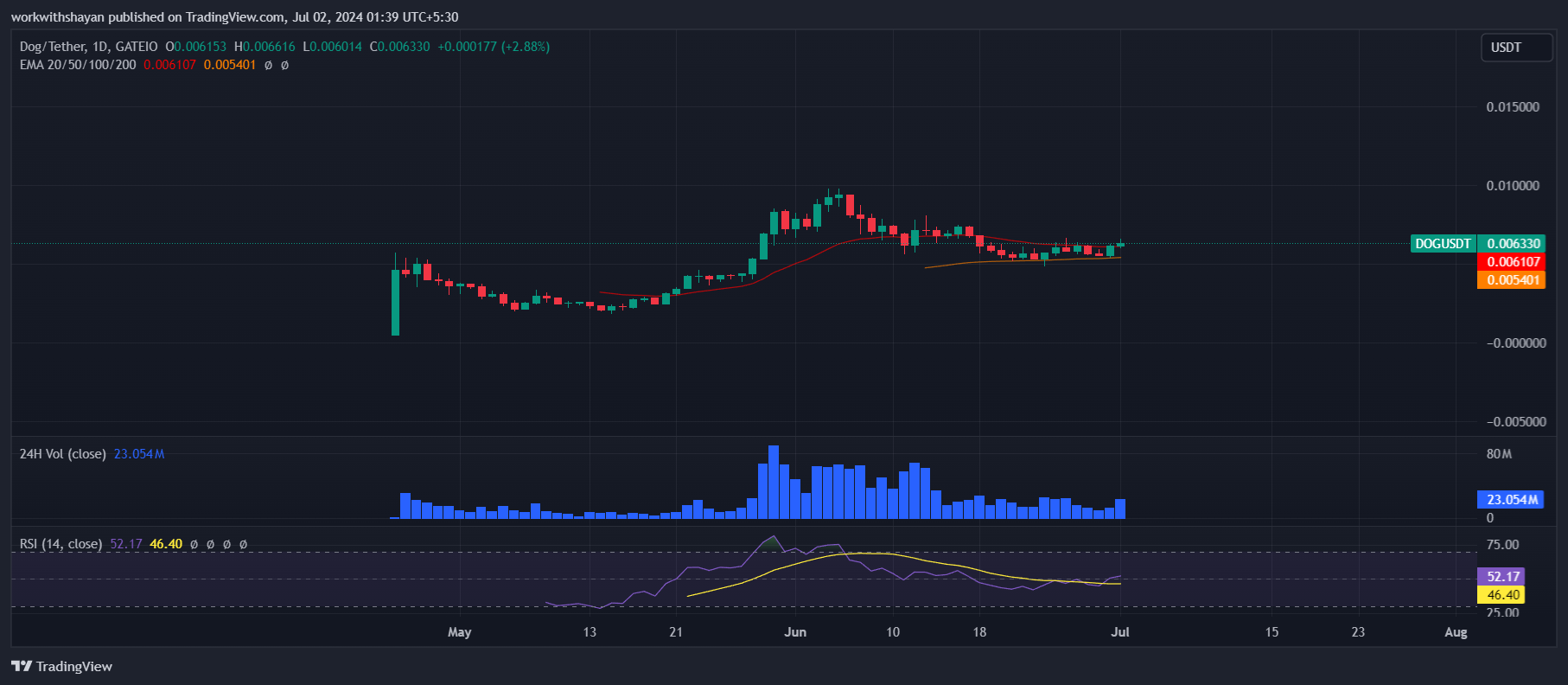Today, enjoy the Lightspeed newsletter on Blockworks.co. Tomorrow, get the news delivered directly to your inbox. Subscribe to the Lightspeed newsletter.
Howdy!
We’re currently in the worst sports month of the year — especially with the USA knocked out of Copa America — and the situation got so dire that I started watching the Tour de France. Congrats to Mark Cavendish for breaking some kind of record. I should really go touch some grass.
Now for the story of someone who bought Solana at $0.04 per token:
Q&A: The true confessions of Solana’s first VC
Edith Yeung was investing in early stage companies at 500 Startups when she met Anatoly Yakovenko, who pitched her on the idea for a fast and cheap blockchain that would become Solana. She saw Solana’s early days unfold — and made an incredibly lucrative venture investment in the process. Read on for an excerpt from my conversation with Edith.
Comments have been edited for brevity and clarity.
Jack: How did you first meet Anatoly?
Edith: Anatoly and I actually met through a friend. His name is David. I can’t even make this shit up — David played water polo with Anatoly. I can barely swim, so the fact that somebody can play polo underwater, I think, is insane. David knew that I was very into crypto, so he said, “hey, you should meet this guy Anatoly.”
When he pitched me about Solana, first off, it wasn’t even called Solana. It was called Loom. He basically said proof-of-work doesn’t really work. It can never be fast. You cannot make a horse go as fast as a car. You just need to build it from scratch and I just felt like his thoughts and ideas were pretty refreshing. But at the same time, he really had nothing, not even a whitepaper. So it was purely founder trust and belief when we invested.
[After launching, the Solana team] grew from one to four to a whole bunch of people to the point that our office manager basically said: “You guys have way too many people. We need to kick you out now.”
[Solana co-founder Raj Gokal] basically said we need a new space. I found them the space on One Hawthorne Lane. It’s walking distance from where I am. It’s right next to the Gold Club, which is a strip club across the street. They stayed there until Covid basically, and now they are on a better street.
Jack: How did people in San Francisco think of Solana in the early days?
Edith: A lot of investors just sort of dismissed it, and in fact, mid-2018 to early 2019 was a bear market, so if I remember correctly, the valuation of the Solana was $15 million to $20 million. That’s it. And most people didn’t want to invest in it.
There are people that actually pulled out [of the first round] because it was such a bad market and they didn’t want to get involved — and that’s a lot of the people who even are active in the crypto space. They just didn’t see, “there’s going to be another Ethereum.”
Jack: What was your initial investment in Solana?
Edith: It was $250,000 at $0.04 [per SOL token], and that was the seed round. My fund was very small, it was a $10 million fund, so when the $0.04 got to $14.25, it already 7x’ed my fund.
But having said that, we waited about two years to get to the point where the token actually launched, which is common, same thing even for equity IPO-type companies. Then it started trading, and so my LPs who supported me were like, what is this thing? Because most people who supported me had no idea what crypto is.
I distributed tokens to my LPs in early 2021 and I I basically told them, “look, you may not understand what it is, but please trust me and keep it as long as you can and please don’t sell.”
After that, Solana went up to, I think, $260. Some of the LPs were like, “what the hell?” And I was just sort of like “you’re welcome.” And that was that.
Jack: A big thing that people point to with the early Solana days was when FTX came in and launched the decentralized exchange Serum. What was FTX’s involvement like in Solana pre-collapse?
Edith: Sam [Bankman-Fried] really was the one that picked Solana as the one he wanted to build Serum on. What they were looking for is, “can we find an alternative to Ethereum [for traders]?”
When Serum launched, it was super popular because FTX was obviously pushing it, but more importantly it was an amazing showcase for Solana to show off the fact that [it is] fast enough for DEXes. […] The FTX team was very supportive of Solana and really put them on the map in the DeFi ecosystem early on, but of course that didn’t really last for that long.
Jack: Are you still holding onto those original tokens?
Edith: Yes, of course, and I’m very thankful.
I love investing in people, and they are really the investment of a lifetime for me.
— Jack Kubinec
Zero In
Magic Eden’s Solana NFT market share keeps inching higher:

According to a Dune dashboard from 21co, Magic Eden has held between 90-95% of the combined trading volume between itself and rival Tensor for much of the past month. Tensor saw more than 75% of the combined volume briefly in January, but since then, Magic Eden took the lead and solidified it.
— Jack Kubinec
The Pulse
Helium recently announced it is expanding beyond its decentralized wireless mission to create a larger decentralized physical infrastructure network (DePIN). Traditionally, high cost centralized networks have dominated the infrastructure landscape. According to Helium, these traditional players have hampered scalability and innovation for years, especially in segments like asset tracking, cellular solutions, disaster detection, and other wireless-enabled solutions.
Helium outlined its intention to create a more efficient and scalable infrastructure through its Network of Networks initiative. The protocol intends to leverage its global footprint and community to support new decentralized networks for compute, storage, mobility, and more.
On X, community member @hansaFL speculated that Helium might introduce a Proof of Location (PoL) network. He highlights how Helium hotspots could verify device locations, enhancing trust and utility in the DePIN space. According to Hans, “Before Helium, there was no way to prove location – GPS was too easy to game.”
Community members responded with various predictions. @Sunbasher suggested possibilities like bandwidth or compute, while @BloodReaver guessed it might involve WiFi. @ke6jjj clarified that any new network would require community voting, emphasizing the collaborative nature of Helium’s expansion.
— Jeffrey Albus
One Good DM
A message from Edith Yeung, an early investor in Solana:

 blockworks.co
blockworks.co